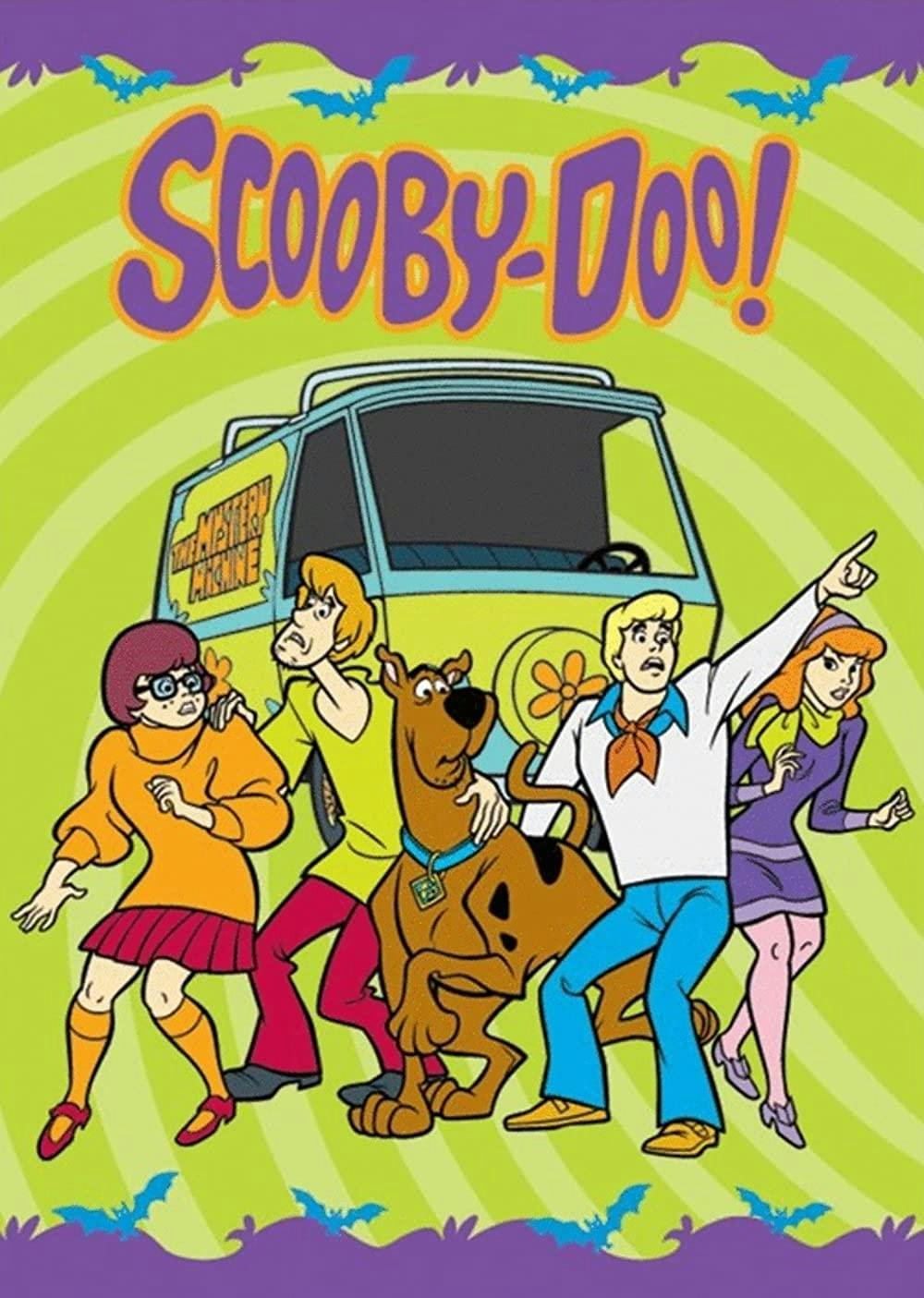By Rhys Banerjee
“Scooby-Doo” is a franchise that needs no introduction. On September 13, 1969, CBS aired the first-ever iteration of the show, “Scooby-Doo Where are You!” which would lead to an empire of shows, movies, video games and mediocre Velma Halloween costumes. The ability for the franchise to remain in the public consciousness is no small feat -- the characters and storylines are constantly reimagined with new audiences in mind. These re-imaginings would range from forgettable (“Scoob”) to absolutely spectacular (“Scooby-Doo: Mystery Incorporated").
I personally grew up on “Scooby-Doo.” Some of my earliest memories are watching “What’s New Scooby-Doo” and admiring the absolute banger of a theme song, as well as watching various direct-to-video movies in the franchise, such as “Scooby-Doo and the Cyber Chase.” One thing that I’ve always wondered about, though, is how the series is able to persist and adapt to changing times, audiences and preferences . There have been thirteen “Scooby-Doo” television shows and countless movies, and yet it remains nearly universally beloved. Generally speaking, people don’t seem to ever get tired of it, even if some iterations are better than others. How has Scooby-Doo endured for so many decades? The answer lies in its ability to reinvent itself.
Every episode of most “Scooby-Doo” incarnations follows a typical format: the gang— comprised of Fred, Daphne, Velma, Shaggy, and Scooby— travel to some haunted setting, where they’re terrorized by a monster, which always turns out to be a guy in a costume. Daphne discovers clues, Velma uses her smarts to interpret the clues, Fred captures the villain with a trap, and Scooby and Shaggy literally do nothing but eat food while everyone else is working on solving the mystery. The villain always decries some variation of “I would have gotten away with it if it weren’t for you meddling kids and your dog,” and everyone lives happily ever after.
This may be a reliable formula for weekly mysteries, but it risks redundancy, and when you have a franchise spanning over fifty years, it really does get boring. Sure, the classic “Scooby-Doo” storylines are fun, but if you watch one episode, you’ve watched them all. The only time the franchise becomes interesting is when it plays and experiments with the beloved formula.
Enter “Scooby-Doo! Mystery Incorporated,” the eleventh “Scooby-Doo” series. While others were watching “Squid Game” and “You,” I rewatched “Mystery Incorporated” earlier this semester, much to the amusement of my friends. The show aired on Cartoon Network from 2010 to 2013 for two seasons and is regarded by fans to be amongst the best iterations of “Scooby-Doo,” for good reason. It’s a bizarre show. For starters, it’s dark; it takes itself seriously. The mysteries are deeper than some old man trying to scare kids for no reason at all; people are actually murdered. The characters solve an overarching mystery that sees dimension-shattering conflict, with the fate of the universe resting in the hands of Scooby. Of course, the scriptwriters realize how weird a tonally serious “Scooby-Doo” show would be, so they balance it with tongue-in-cheek humor– “Mystery Incorporated” is genuinely hilarious at times, with the funniest jokes coming via the way the main characters interact with each other.
The serialized format of “Mystery Incorporated” was truly the best addition the show made to the franchise. The episodes dig deeper into the characters and their relationships with each other. Each character goes through their own arc: Shaggy learns the value of his friendship with Scooby, Daphne emerges as a central character of the gang, Velma discovers her true identity, and Fred (my absolute favorite character) evolves from an absolute goofball to someone who can actually express himself in a proper and genuine way. There’s true growth for each character, which was uncommon for a pre-streaming era animated kids’ show.
“Mystery Incorporated” is also referential without alienating new audience members. Villains say variations of the classic “meddling kids” line, and each of the main characters still say their iconic catchphrases. Still, the show is much different than any of the other “Scooby-Doo” properties that have come before, or after, much to the detriment of the franchise as a whole. I cannot watch any other “Scooby-Doo” shows anymore without an implicit comparison to “Mystery Incorporated.”
Despite my reservations on all “Scooby-Doo” shows not named “Mystery Incorporated,” I must confess that the series remains relevant after half a century because even though “Be Cool, Scooby-Doo!” repulses me, it simply does not matter. “Mystery Incorporated” still exists for me to enjoy. For every cash grab like “Scooby-Doo! WrestleMania Mystery,” there’s a quality movie like “Scooby-Doo on Zombie Island” to wash the taste out of your mouth. The franchise’s longevity ensures that even if there are iterations of the series that you may not like, there are undoubtedly iterations that you’ll love. “Scooby-Doo” truly has something for everyone, for no reason other than the constant reinvention of those meddling kids and their dog.
Get The Chronicle straight to your inbox
Signup for our weekly newsletter. Cancel at any time.

